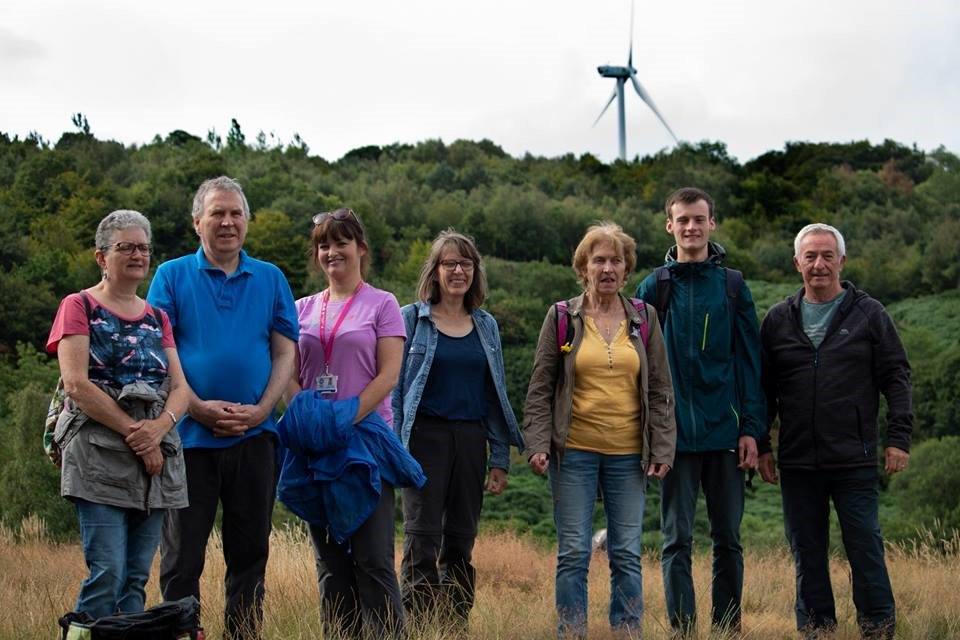Connecting Protected areas with local schools
Art in nature
Radmila Jokić
A hotel for insects
Radmila Jokić
Nature is the best classroom
WWF - Sonja Badjura
Nature is the best classroom
Radmila Jokić
Biking into nature
Zdenka Mitić
Nature is the best classroom
Letizia Fambri
Nature is the best classroom
Irina Damnjanović
Nature is the best classroom
Ranko Milanović
Brown bear educational exhibition
Vesna Maksimović
Nature is the best classroom
WWF - Milica Milović Kinoli
A mini national park in the school yard
Aleksandra Đurić Karaklić
A winter visit to the protected area
Radmila Jokić
Bird watching
Ivana Lozjanin
Cooperation between PAs and local schools had benefits for both sides. PA staff implements education activities according to their management plan and gets a strong partner in local schools for promoting PAs natural and cultural values to the local community. The schools get the chance to implement outdoor activities and enrich the extra curricula activities in the school.
Cooperation between the PA and the schools includes:
1. Ambassador school project teams in cooperation with PA focal point develop a detailed program for the school project. The program includes specific activities and a timeline for implementation.
2. Implementation of project activities is from December to May. Activities can be implemented in the school (during winter months – workshops, surveys, art work) or outdoors in the protected areas (during spring months) and should include as many pupils as possible.
3. Ambassadors schools promote the values of the PAs and their project results to the local media.
4. Each project team writes the final report and submits it to WWF prior to the final event.
1. Protected areas have integrated educational activities in their management and annual plan.
2. Schools have to be informed about the program on time in order to integrate the activity into the annual school plan.
3. PAs and schools have to plan activities on time in order to have enough time to implement them during school year.
4. All students need the consent of their parents/legal guardian for the participation in the project as it involves activities outside of school and usage of photo and video materials.
• Organise visits of project coordinators to each Ambassador school or joint visits to the Protected areas.
• Involving The advantage of working with teachers (grades 1-4) in the WWF Nature Academy contributes to greater inclusion of parents and grandparents to project-related activities.
• The invitation to school cooperation should not only be intended for biology/natural sciences teachers. The classes in nature should be interdisciplinary. Involving art, music or language teacher into the school project teams was very beneficiary, as it enabled the development of interdisciplinary competences.
• Schools working with disabled children can be equally involved in the project with some slight adjustments for their project implementation.
• When planning multiple generations of ambassador schools, it is good to plan a meeting of all generations of ambassador teachers and pupils at some point, as it strengthens the bond between schools and PAs, but also between the ambassador schools. This should be organized outdoors in a PA with a lot of team building and exploration activities.
